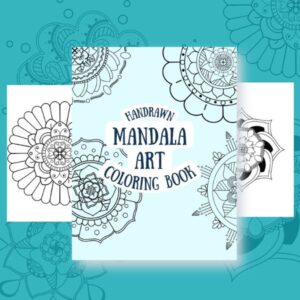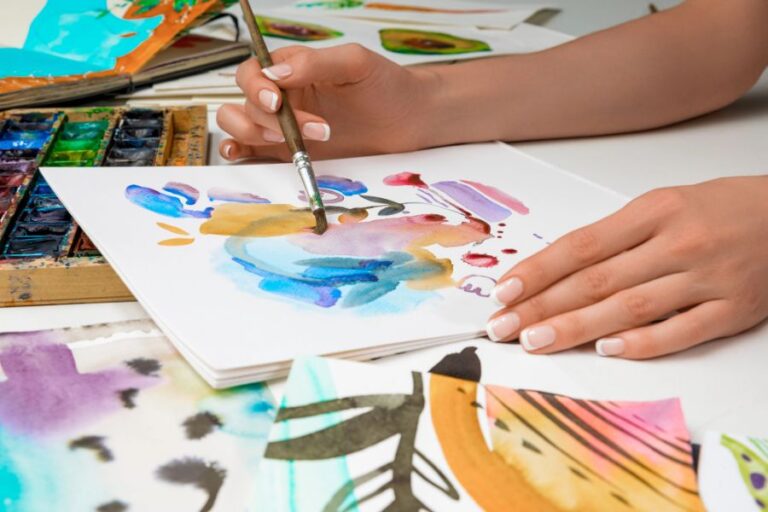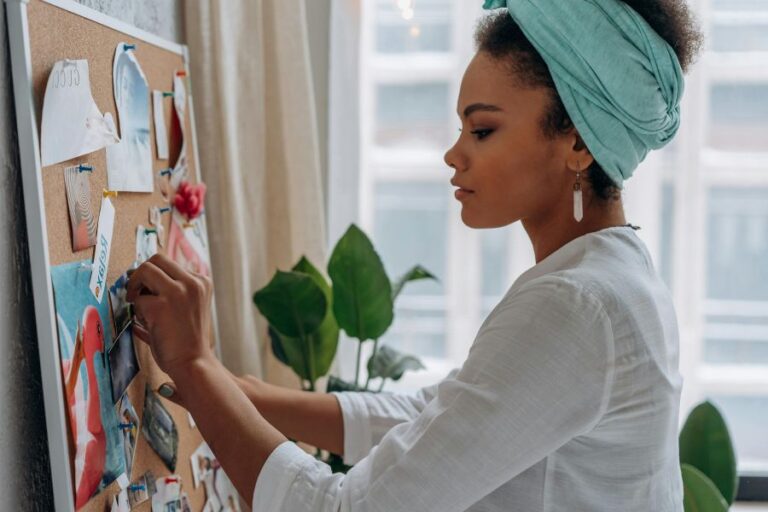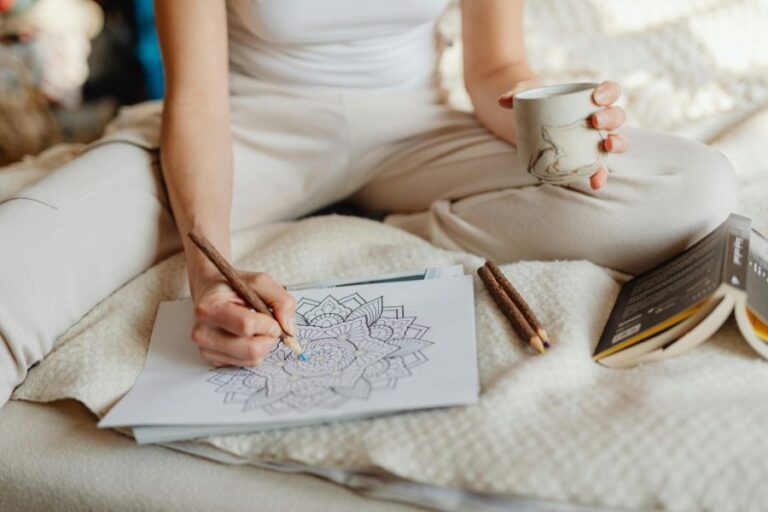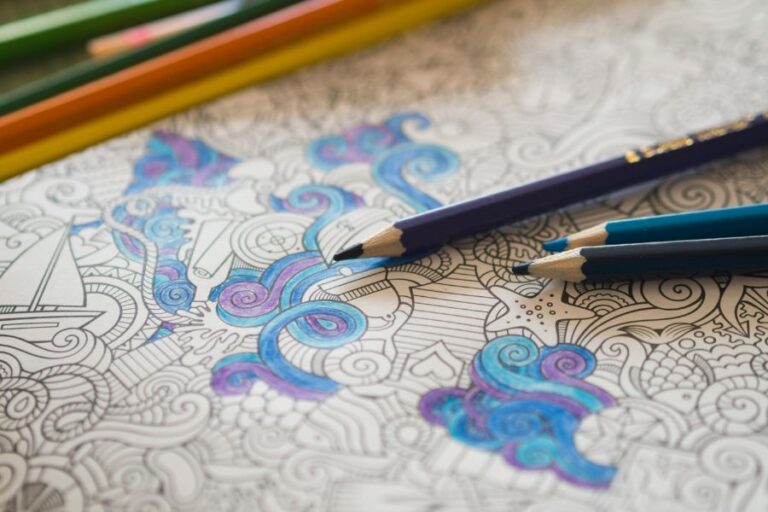We may earn money or products from the companies mentioned in this post.
Coloring is like a simple form of meditation, offering a peaceful and fun way to relax. Filling in the spaces with different colors can be incredibly satisfying, and when you’re finished, you have a beautiful piece of art to admire. Mandala coloring pages, in particular, are a favorite for many because of their intricate patterns and numerous benefits, like reducing stress and boosting creativity. However, choosing the next color can sometimes be overwhelming, turning this relaxing activity into a stressful one. In this blog post, I’m here to guide you through the process of how to color mandala coloring pages, especially if you’re a complete beginner.
We’ll delve into color theory, understand the color wheel, explore effective color combinations, and even discuss where to find printable mandala coloring pages. Let’s transform your coloring experience into a serene and enjoyable journey.
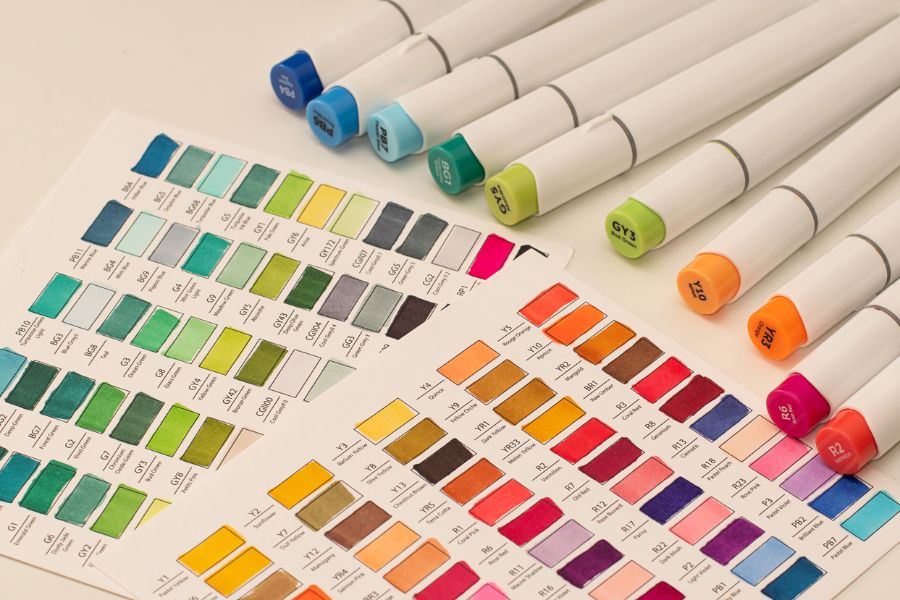
What is Color Theory?
Color theory is the study of how colors work together and how they affect each other. It helps artists and designers pick the right colors to make their work look good. Think of it like a recipe for colors—learning about it can help you mix and match colors that create amazing results, making your mandala look even more beautiful.
The Basics of How to Color
All color theory is based on the color wheel. The color wheel is a handy tool that shows how colors are related to each other. It’s like a map for colors, helping you see how different shades can combine to make something beautiful. When you’re coloring mandalas, understanding the color wheel can make choosing colors a lot easier. Let’s break down the basic color categories you’ll find on the wheel:
Understanding these categories will help you pick the right combinations for your mandala coloring projects.
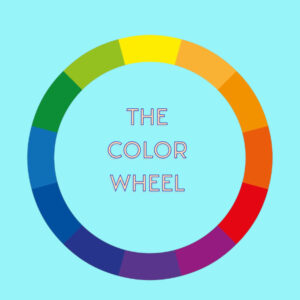
How to Color Using Color Relationships
Now that you know the basic colors on the wheel, let’s talk about how to color based on how these colors can relate to each other. By understanding color relationships, you can create different effects in your mandala coloring. These relationships help you choose colors that look great together, whether you’re aiming for a bold contrast or a soothing blend. Here are some key color relationships to know:
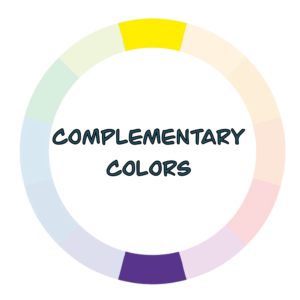
Complementary Colors
These are colors that are opposite each other on the color wheel. When you use complementary colors, like blue and orange, they create a striking contrast that really makes each color pop.
Analogous Colors
These are colors that sit next to each other on the color wheel. Using analogous colors, like blue, blue-green, and green, can create a harmonious and soothing look in your mandalas.
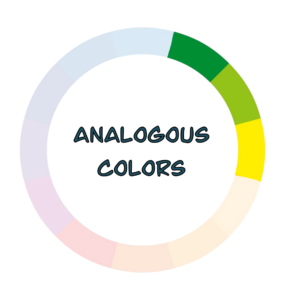
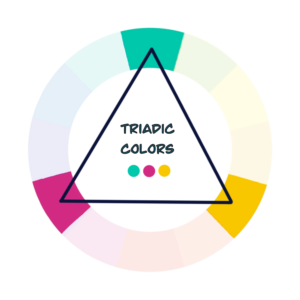
Triadic Colors
This involves choosing three colors that are evenly spaced around the color wheel. Triadic color schemes, like red, yellow, and blue, give a balanced, vibrant look without being too overwhelming.
Use these color relationships to choose the perfect colors for your beautiful mandala coloring pages.

How to Color Mandala Coloring Pages with Effective Color Combinations
Choosing the right color combinations can make your mandala coloring look amazing. When I color a page, I never stick to just one colored pencil. Combining multiple colors makes the finished page more interesting and vibrant. However, knowing how to color with multiple hues is not easy. So, how do you pick the best colors to use together? Don’t worry, I’ll help you solve that problem. Start by asking yourself two questions: “What colors do I love?” and “How many colors do I want to use?” With these questions in mind, you can create a beautiful palette for your mandala. Here are some tips to get you started:
- Starting Simple: If you’re a beginner, stick to two or three colors. This makes it easier to choose and match colors without feeling overwhelmed. Using just a few colors can still create stunning results.
- Building on Complexity: Once you’re comfortable with a few colors, gradually add more to your palette. This will allow you to create more intricate and detailed designs. Experiment with different color relationships like complementary, analogous, or triadic colors for even more variety.
- Test Colors First: Before you commit to a color, try it out on a piece of scrap paper. This way, you can see how the colors look together and decide if they work well.
- Stick with Your Favorites: Don’t feel like you have to use every color in the book. If you have favorite colors, use them! Your personal preference will shine through in your coloring.
- Be Creative and Have Fun: There are no strict rules in coloring. Feel free to experiment and see what you like best. The most important thing is to enjoy the process and have fun with it.
How to Color Like a Pro!
When it comes to coloring mandalas, picking the right tools can make a big difference. Here’s a quick guide to help you choose the right supplies, so you know how to color any mandala page. There is also some information on a few techniques for when you want to experiment and get creative.
Choosing the Right Coloring Tools
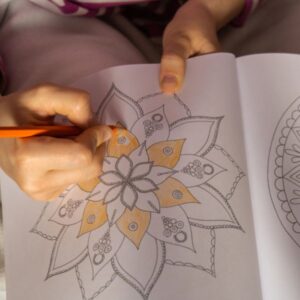

- Markers: Perfect for bold, vibrant colors. They’re great for covering large areas but can sometimes bleed through the paper.
- Colored Pencils: Ideal for detailed work and soft, muted colors. They allow for better control and are easy to blend.
- Gel Pens: Fantastic for adding a bit of sparkle or metallic sheen to your mandalas. They work well for fine details and special effects.
Blending Techniques
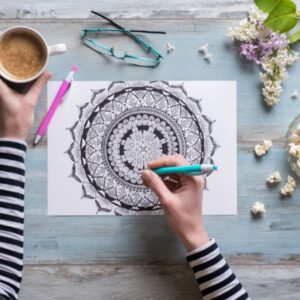
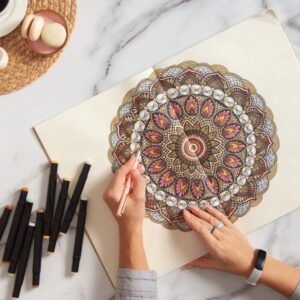
- Shading: Use varying pressure with colored pencils to create light and dark areas. This adds depth to your mandalas and makes them look more dynamic.
- Blending: You can blend colors smoothly using colored pencils by layering shades or using a blending tool. With markers, you can blend by overlapping colors while they’re still wet.
Layering Colors
- Layering Hues: Start with a light base color, then layer darker shades on top to create rich, complex tones. This technique works great for both pencils and markers.
- Building Up Color: Gradually build up the color intensity by adding multiple layers. This gives your mandalas a lush and finished look.
By experimenting with these tools and techniques, you’ll create stunning mandalas that showcase your creativity.
Where to Find High-Quality Mandala Coloring Pages
If you’re excited to start coloring and want some beautiful designs to work with, why not check out the printable mandala coloring pages in our shop? They’re perfect for beginners and more experienced colorists alike. These designs are ready to download and print at home, so you can start coloring right away. Plus, coloring is a great way to relax and get creative. You’ll find a variety of patterns to suit any mood or style. Give it a try and bring some gorgeous mandalas to life with your own unique color combinations!
Tips for Your Next Coloring Session
Create a Calm Environment
To get the most out of your coloring session, it’s important to set a calming atmosphere. Here are a few ways to do that:
- Choose the Right Music: Play some relaxing music or your favorite tunes to help you unwind.
- Find a Comfortable Space: Make sure you’re in a comfy spot with good lighting. Whether it’s a cozy corner in your home or a peaceful spot outside, find a place where you can relax.
- Gather Your Supplies: Have all your coloring supplies like pencils, markers, and paper within reach so you don’t have to get up and break your concentration.
Learn exactly how to create the perfect coloring environment at home!
Pace Yourself
Coloring should be a relaxing and enjoyable activity, so it’s important to take care of yourself while you do it.
- Take Breaks: Don’t forget to take regular breaks. Stand up, stretch, and give your eyes a rest. This helps prevent fatigue and keeps you feeling fresh and focused.
- Stay Hydrated: Keep a bottle of water nearby. Staying hydrated is important to keep your energy levels up, so you can continue enjoying your coloring time.
By creating a calm environment and pacing yourself, you’ll find that your coloring sessions are not only more enjoyable but also more productive.
Happy Coloring!
To wrap things up, let’s recap what we’ve covered. We’ve shared tips on creating a calm environment, pacing yourself, and choosing colors for your mandalas. Remember, the most important thing is to have fun and enjoy the process of being creative.
Don’t be afraid to practice and try new things. The more you color, the more you’ll discover what you like and how amazing your designs can look.
We also love seeing your finished mandalas! Share your artwork with us on Instagram or join a coloring community to connect with other enthusiasts. It’s a great way to get inspired and share your creativity with others.
